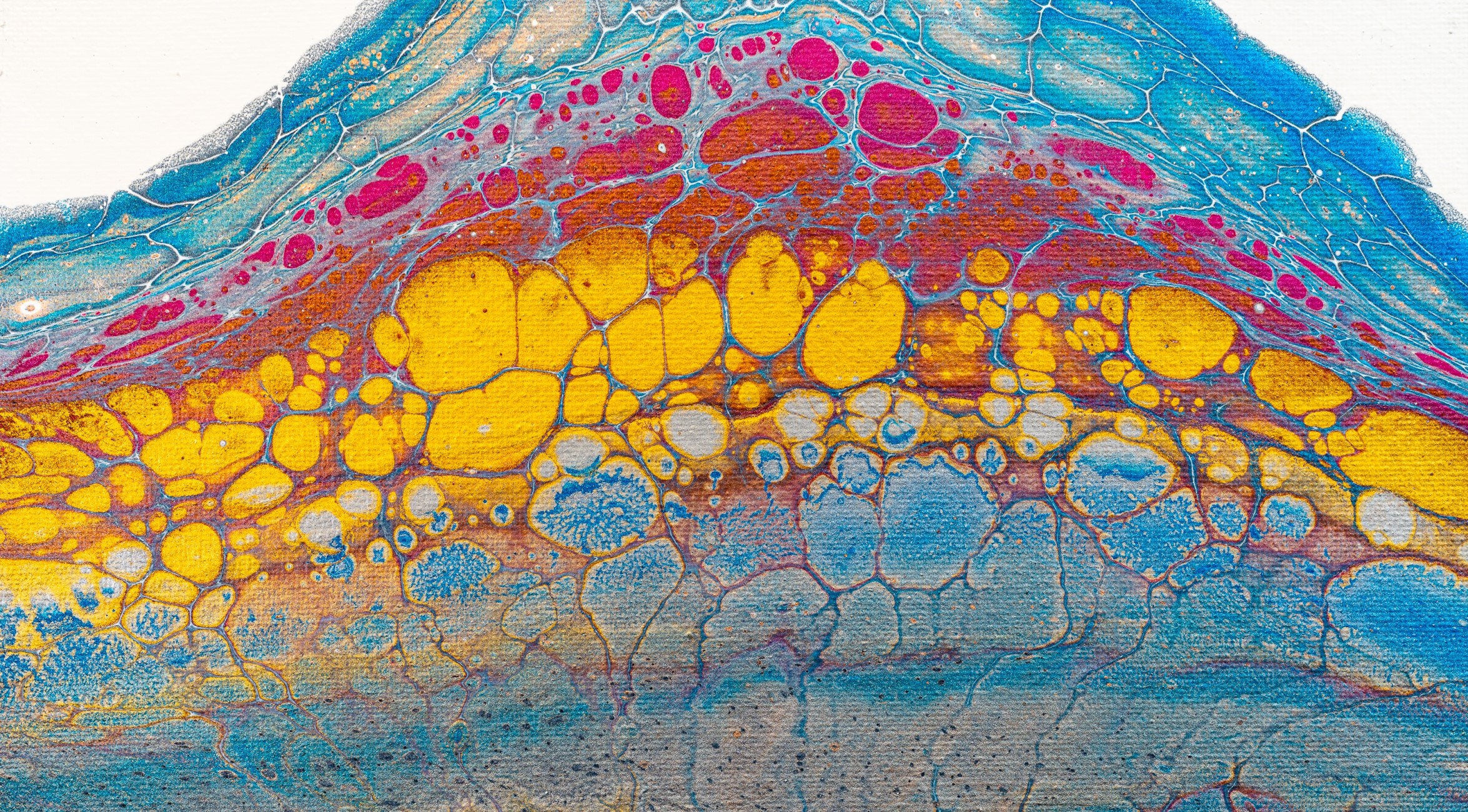Published October 2020

Summary
We know that the spongy cartilage between bones changes during ageing and osteoarthritis, but it’s not clear how these processes are related. By comparing what’s happening in cartilage cells at a molecular level during ageing and osteoarthritis, Dr Simon Tew is gathering insights that will pave the way for future therapies.
COVID-19 has delayed the start of our research project, but the team at DMT has been very helpful and understanding, and we’re looking forward to getting started as soon as possible
Dr Simon Tew
Osteoarthritis – which affects millions of people in the UK – occurs when the spongy cartilage at the end of bones starts to wear down, causing pain and stiffness. I’ve been investigating osteoarthritis and the processes that cause it for some time, and we’ve learned a lot about the sort of things that go wrong within cartilage cells as this painful and life-limiting condition develops. But we know far less about how the normal processes of ageing affect cartilage, and how this relates to the onset of osteoarthritis: do we see the same kinds of changes in ageing and osteoarthritis, and is ageing a key trigger for the disease?
In this project my colleagues and I will be looking at cartilage cells at a very detailed molecular level. We’ll be specifically looking at the role of messenger RNA (mRNA) – a molecule that is produced when genes are active – and finding out how it is affected by ageing.
We want to find out what is happening in the cartilage of people as they age, and whether it’s the same or different to the cartilage of people with osteoarthritis. Rather than immediately leading to a treatment, this research is aimed at understanding what is happening at a deep molecular level, providing insights for future therapies that modulate these processes.

What is mRNA and how does age change it?
Messenger RNA, or mRNA, plays a central role in translating information within DNA into instructions that cells use to build the proteins that are needed for the cell to function.
As we age, changes can occur in the mRNA that make it less effective, and so have a negative impact on the way that the cell functions.
This research is aimed at understanding what is happening at a deep molecular level, providing insights for future therapies that modulate these processes
Dr Simon Tew
The first aspect that our project will focus on is how quickly the mRNA messages in cartilage cells decay after they have been used. This degradation is a normal process, but if the mRNA is broken down too early, it might not have time to do its job properly. We know that the rate of mRNA decay is affected in osteoarthritis, and we’re interested to see how it is altered in ageing as well.
The next part of the project will look at a type of molecular ‘tail’ that is attached to mRNA, known as the poly(A) tail. This tail protects mRNA in the cell, helping it to be efficiently translated, and also affects the stability of the mRNA itself. We suspect that these tails are attached in an unusual way in ageing, resulting in unstable mRNA and inefficiency in reading it to create proteins.
By studying changing patterns of mRNA decay and poly(A) attachment in cartilage cells during osteoarthritis and normal ageing, we will have a better idea of how these two processes are connected and where it might be possible to intervene.
Overcoming hurdles
It can be difficult to find the right cartilage cells to look at to understand ageing. For research into osteoarthritis, we can get human cell samples when people have joint replacement surgery. However, it’s difficult to get healthy tissue from people of the same age – often we can only get samples from younger people which, whilst still rare and very valuable, doesn’t help us to pick apart the role of age from disease in cartilage damage.
Previous research has shown that horse cartilage behaves in a similar way to our own, and it’s a well-validated model for this type of research. For the first phases of this project, we’ll be working with colleagues at the University of Liverpool Veterinary School who have a ‘bank’ of joint tissue from horses at a range of different ages.
For the final stage of our research, we’ll be testing novel gene editing techniques in human cartilage cells to see if alterations that affect the poly(A) tails or rate of mRNA decay can slow the effects of ageing and the development of osteoarthritis.
The Dunhill Medical Trust has been really supportive of our work at the University of Liverpool. They’re one of the few funders who really focus on ageing research, which fits perfectly with the goals of our institute.
Unfortunately, COVID-19 has delayed the start of our research project, but the team at DMT has been very helpful and understanding, and we’re looking forward to getting started as soon as possible.

